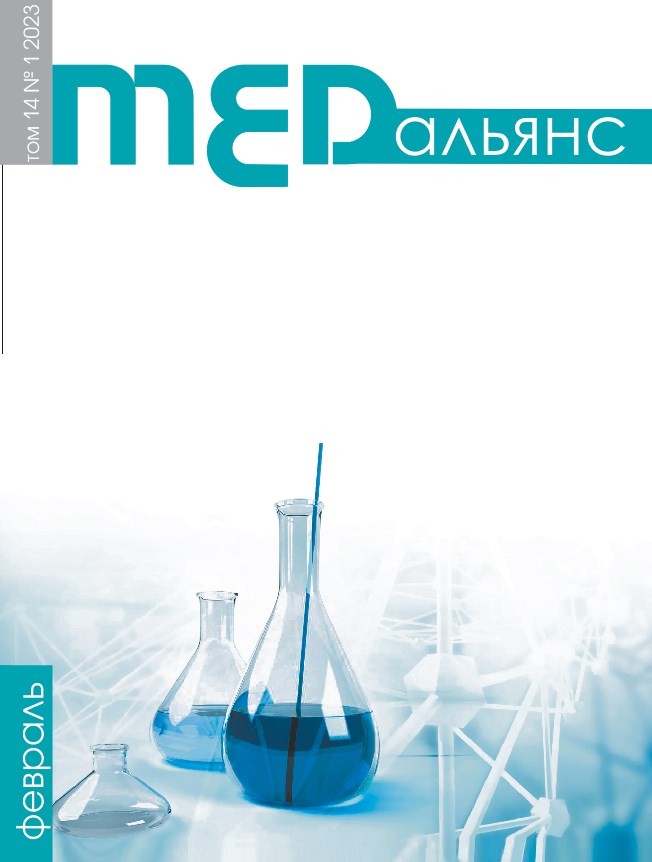Abstract
With the development of new technologies of X-ray diagnostics, various methods of their application are used in modern dentistry. Cone beam computed tomography (CBCT) is mainly used to visualize the bone structures of the skull — temporomandibular joint, structures of the upper and lower jaw, the location of teeth in bone tissue for further use of reconstructed three-dimensional models for digital treatment planning and prediction of results. Aim of the study: technique of three-dimensional analysis of the parameters of the temporomandibular joint (TMJ) optimization, possible deviations analysis. Materials and methods: computed tomography data was obtained and an assessment of compliance with the necessary criteria was carried out in the Ez3D Plus software (Vatech, Korea). A three-dimensional analysis technique of the individual position of the condyle in the articular fossa was provided with use of Mimics software (Materialise, Belgium), based on the data acquired from computed tomography (CT) research. The accuracy of positioning of three-dimensional models of dentition on segmented models from computed tomography was evaluated. By a certain algorithm of actions, the segmented model was moved to the position corresponding to the central occlusion. Results. The study showed that the main reason for the inaccuracy of multistage positioning of the mandible are the automatic algorithms of model matching and poor detail of computed tomography sli ces. In this regard, zoning of the compared model’s parts was used, which demonstrated its effectiveness and result’s stability. The greatest inaccuracy of the results of measuring the position of the TMJ is associated with the quality of CT and manual correction of masks and contours of the surfaces of condyles. The algorithm was developed for obtaining the necessary information when assessing the position of the condyles before planning the orthodontic treatment. Conclusion. А reasonable technique for constructing condyle contours in central occlusion has been determined, which can be used as a basis for positioning the mandible in a digital orthodontic treatment planning.

